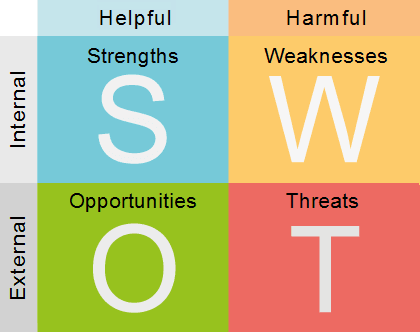IAB Tech Lab introduced in May 2017 the move towards Ads.txt, which is being offered as a tool for the prevention of the sale of counterfeit and unauthorized impressions in programmatic transactions. The deadline for sites to get set-up with Ads.txt was May 25, 2018.
Ads.txt, as defined by IAB, stands for Authorized Digital Sellers. It is a simple, flexible and secure method that publishers and distributors can use to publicly declare the companies they authorize to sell their digital inventory. By creating a public record of Authorized Digital Sellers, the hope is that ads.txt will create a greater transparency in the inventory supply chain, give publishers back the control over their inventory and most importantly, make it harder for bad actors to profit from selling counterfeit inventory across the ecosystem.
How does it work?
Publishers add a text file on their web servers with a list of all of the companies that are authorized to sell their inventory. Similarly, programmatic vendor integrate ads.txt files to confirm the publishers’ inventory they are authorized to sell. This allows buyers to check the validity of the inventory they purchase.
This comes at a time when many Publishers are being hit hard with bad ads, such as malvertising and mobile redirects, due to backfill partners not vetting their demand partners prior to hitting publisher sites. This bad behavior has created great mistrust within the industry, but more importantly has caused may users from visiting sites more frequently. With this new process, Sellers will need to work hard to get added to a Publishers Ads.txt.
According to a recent DigiDay article, Google, which did more to popularize ads.txt than any other company in the ad industry, is by far the most popular vendor on publisher’s ads.txt files. Google is listed on 97 percent of all ads.txt files, according to Pixalate. AppNexus and Rubicon Project are the only other vendors that top 50 percent.
Updating your ads.txt consistently will be imperative to ensuring you are capturing all potential revenue. Best practice is working directly with your developers to create a process to easily update to minimize revenue loss.










